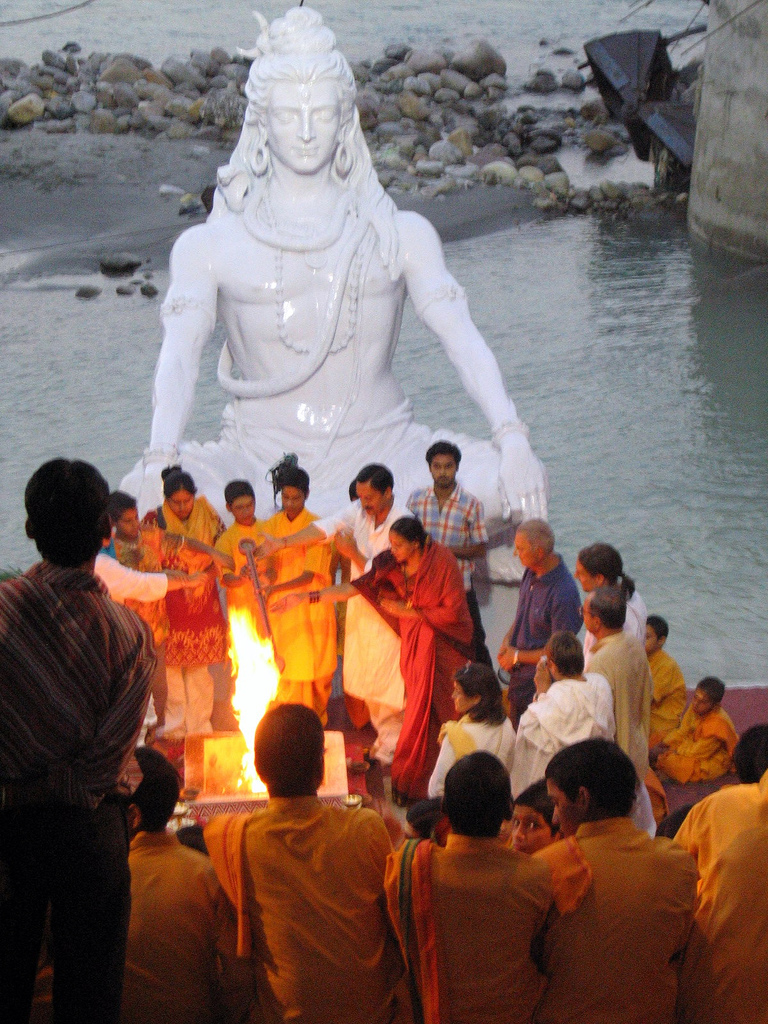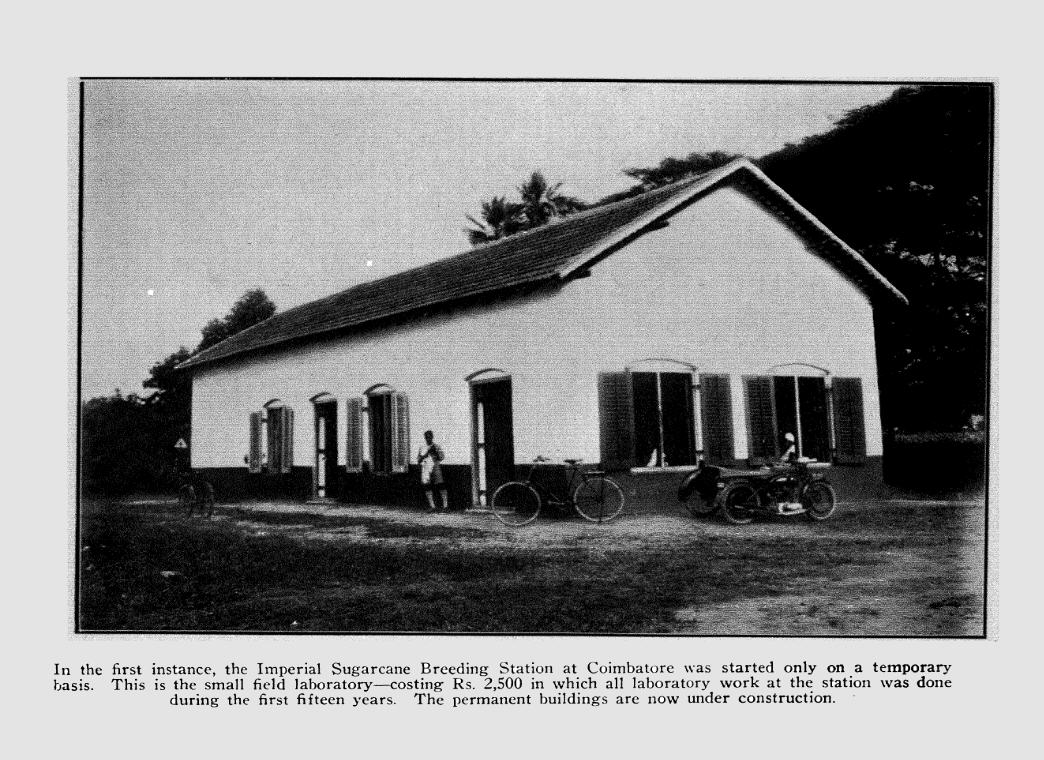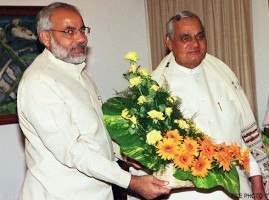|
Maha Shivratri
Maha Shivaratri (IAST: Mahāśivarātri) is a Hindu festival celebrated annually in honour of the god Shiva. The name also refers to the night when Shiva performs the heavenly dance called Tandava. In every month of the luni-solar Hindu calendar, there is a ''Shivaratri'' – "night of Shiva" – on the day before new moon. But once a year, in late winter and before the arrival of Summer (February/March), this night is called "Maha Shivaratri" – "the Great Night of Shiva". This day falls in the month of Phalguna as per the North Indian Hindu calendar and in Magha as per the South Indian Hindu calendar (see Amanta and Purnimanta systems). It is a notable festival in Hinduism, and this festival is solemn and marks a remembrance of "overcoming darkness and ignorance" in life and the world. It is observed by remembering Shiva and chanting prayers, fasting, and meditating on ethics and virtues such as honesty, non-injury to others, charity, forgiveness, and the discovery of ... [...More Info...] [...Related Items...] OR: [Wikipedia] [Google] [Baidu] |
Fasting
Fasting is the abstention from eating and sometimes drinking. From a purely physiological context, "fasting" may refer to the metabolic status of a person who has not eaten overnight (see " Breakfast"), or to the metabolic state achieved after complete digestion and absorption of a meal. Metabolic changes in the fasting state begin after absorption of a meal (typically 3–5 hours after eating). A diagnostic fast refers to prolonged fasting from 1 to 100 hours (depending on age) conducted under observation to facilitate the investigation of a health complication, usually hypoglycemia. Many people may also fast as part of a medical procedure or a check-up, such as preceding a colonoscopy or surgery, or before certain medical tests. Intermittent fasting is a technique sometimes used for weight loss that incorporates regular fasting into a person's dietary schedule. Fasting may also be part of a religious ritual, often associated with specifically scheduled fast days, as deter ... [...More Info...] [...Related Items...] OR: [Wikipedia] [Google] [Baidu] |
Jyotirlingam
A Jyotirlinga () or Jyotirlingam, is a devotional representation of the Hindu god Shiva. The word is a Sanskrit compound of ('radiance') and ('sign'). The Śiva Mahāpurāṇam (also ''Shiva Purana'') mentions 64 original ''jyotirlinga'' shrines in India, 12 of which are most sacred and they are called the Maha Jyotirlingam (The Great Jyotirlinga.) Hinduism Legend According to a Shaiva legend from the Shiva Purana, once, Brahma (the god of creation) and Vishnu (the god of preservation) had an argument over their supremacy. To settle the debate, Shiva pierced the three worlds, appearing as a huge, infinite pillar of light, the ''jyotirlinga.'' Brahma and Vishnu decided to ascend and descend across the pillar of light respectively, to find the end of the light in either direction. According to some iterations, Vishnu assumed his Varaha avatar to achieve this task, while Brahma rode a hamsa (swan). Brahma lied that he had discovered the end of the light, producing a keta ... [...More Info...] [...Related Items...] OR: [Wikipedia] [Google] [Baidu] |
Shaivism
Shaivism (; sa, शैवसम्प्रदायः, Śaivasampradāyaḥ) is one of the major Hindu traditions, which worships Shiva as the Supreme Being. One of the largest Hindu denominations, it incorporates many sub-traditions ranging from devotional dualistic theism such as Shaiva Siddhanta to yoga-orientated monistic non-theism such as Kashmiri Shaivism.Ganesh Tagare (2002), The Pratyabhijñā Philosophy, Motilal Banarsidass, , pages 16–19 It considers both the Vedas and the Agama texts as important sources of theology.Mariasusai Dhavamony (1999), Hindu Spirituality, Gregorian University and Biblical Press, , pages 31–34 with footnotesMark Dyczkowski (1989), The Canon of the Śaivāgama, Motilal Banarsidass, , pages 43–44 Shaivism developed as an amalgam of pre-Vedic religions and traditions derived from the southern Tamil Shaiva Siddhanta traditions and philosophies, which were assimilated in the non-Vedic Shiva-tradition. In the process of Sanskriti ... [...More Info...] [...Related Items...] OR: [Wikipedia] [Google] [Baidu] |
Coimbatore
Coimbatore, also spelt as Koyamputhur (), sometimes shortened as Kovai (), is one of the major metropolitan cities in the Indian state of Tamil Nadu. It is located on the banks of the Noyyal River and surrounded by the Western Ghats. Coimbatore is the second largest city in Tamil Nadu after Chennai in terms of population and the 16th largest urban agglomeration in India as per the census 2011. It is administered by the Coimbatore Municipal Corporation and is the administrative capital of Coimbatore District. In 1981 Coimbatore formed as third municipal corporation in Tamil Nadu after Chennai and Madurai. Podanur Junction is the oldest Railway station in Coimbatore City. The city is one of the largest exporters of Jewellery, Wet grinders, Poultry and Auto Components; the " Coimbatore Wet Grinder" and the "Kovai Cora Cotton" are recognised as Geographical Indications by the Government of India. Being a hub of textile industry in South India, the city is sometimes refe ... [...More Info...] [...Related Items...] OR: [Wikipedia] [Google] [Baidu] |
Adiyogi Shiva Statue
The ''Adiyogi'' statue is a , and steel statue of Shiva with Thirunamam at Coimbatore, Tamil Nadu. It is recognized by the ''Guinness World Records'' as the "Largest Bust Sculpture” in the world.'Aadiyogi bust' declared world's largest by Guinness Book of World , 12 May 2017.Vincenzo Berghella [...More Info...] [...Related Items...] OR: [Wikipedia] [Google] [Baidu] |
Narendra Modi
Narendra Damodardas Modi (; born 17 September 1950) is an Indian politician serving as the List of Prime Ministers of India, 14th and current Prime Minister of India since 2014. Modi was the List of chief ministers of Gujarat, Chief Minister of Gujarat from 2001 to 2014 and is the Member of Parliament, Lok Sabha, Member of Parliament from Varanasi (Lok Sabha constituency), Varanasi. He is a member of the Bharatiya Janata Party (BJP) and of the Rashtriya Swayamsevak Sangh (RSS), a right-wing Hindutva, Hindu nationalist paramilitary volunteer organisation. He is the longest serving prime minister from outside the Indian National Congress. Modi was born and raised in Vadnagar in northeastern Gujarat, where he completed his secondary education. He was introduced to the RSS at age eight. He has reminisced about helping out after school at his father's tea stall at the Vadnagar railway station. At age 18, Modi was married to Jashodaben Modi, Jashodaben Chimanlal Modi, whom he ab ... [...More Info...] [...Related Items...] OR: [Wikipedia] [Google] [Baidu] |
Prime Minister Of India
The prime minister of India ( IAST: ) is the head of government of the Republic of India. Executive authority is vested in the prime minister and their chosen Council of Ministers, despite the president of India being the nominal head of the executive. The prime minister is often the leader of the party or the coalition with a majority in the lower house of the Parliament of India, the Lok Sabha, which is the main legislative body in the Republic of India. The prime minister and their cabinet are at all times responsible to the Lok Sabha. The prime minister is appointed by the president of India; however the prime minister has to enjoy the confidence of the majority of Lok Sabha members, who are directly elected every five years, lest the prime minister shall resign. The prime minister can be a member of the Lok Sabha or of the Rajya Sabha, the upper house of the parliament. The prime minister controls the selection and dismissal of members of the Union Council of Minist ... [...More Info...] [...Related Items...] OR: [Wikipedia] [Google] [Baidu] |
Isha Foundation
Isha Foundation is a nonprofit, spiritual organisation founded in 1992 near Coimbatore, Tamil Nadu, India, by Sadhguru Jaggi Vasudev. It hosts the Isha Yoga Centre, which offers yoga programs under the name Isha Yoga. The foundation is run "almost entirely" by volunteers. The word ''isha'' means "the formless divine". Isha Yoga The Yoga Centre, founded at Isha Foundation in 1994, offers yoga programmes under the name Isha Yoga. This customised system of yoga combines postural yoga with chanting, breathing ('' prāṇāyāma'') and meditation. It does not belong to a lineage ('' paramparā''), and its practitioners believe it to be based on the founding guru's unique insight. Yoga classes for business leaders are intended to "introduce a sense of compassion and inclusiveness" to economics. A yoga course for the Indian national hockey team was conducted in 1996. Isha Foundation began conducting yoga programs in the United States in 1997 and, in 1998, yoga classes for li ... [...More Info...] [...Related Items...] OR: [Wikipedia] [Google] [Baidu] |
Kashmir Shaivism
Kashmir Shaivism or Trika Shaivism, is a nondualist tradition of Shaiva- Shakta Tantra which originated sometime after 850 CE. Since this tradition originated in Kashmir it is often called "Kashmiri Shaivism". It later went on to become a pan-Indian movement termed "Trika" (lit. The Trinity) by its great exegete, Abhinavagupta, and particularly flourished in Odisha and Maharashtra.Wallis, Christopher; Tantra Illuminated, chapter II, The History of Śaiva Tantra Defining features of the Trika tradition are its idealistic and monistic '' Pratyabhijna'' ("Recognition") philosophical system, propounded by Utpaladeva (c. 925–975 CE) and Abhinavagupta (c. 975–1025 CE), and the centrality of the three goddesses Parā, Parāparā, and Aparā. While Trika draws from numerous Shaiva texts, such as the Shaiva Agamas and the Shaiva and Shakta Tantras, its major scriptural authorities are the ''Mālinīvijayottara Tantra'', the ''Siddhayogeśvarīmata'' and the ''Anāmaka-tan ... [...More Info...] [...Related Items...] OR: [Wikipedia] [Google] [Baidu] |
Gregorian Calendar
The Gregorian calendar is the calendar used in most parts of the world. It was introduced in October 1582 by Pope Gregory XIII as a modification of, and replacement for, the Julian calendar. The principal change was to space leap years differently so as to make the average calendar year 365.2425 days long, more closely approximating the 365.2422-day 'tropical' or 'solar' year that is determined by the Earth's revolution around the Sun. The rule for leap years is: There were two reasons to establish the Gregorian calendar. First, the Julian calendar assumed incorrectly that the average solar year is exactly 365.25 days long, an overestimate of a little under one day per century, and thus has a leap year every four years without exception. The Gregorian reform shortened the average (calendar) year by 0.0075 days to stop the drift of the calendar with respect to the equinoxes.See Wikisource English translation of the (Latin) 1582 papal bull '' Inter gravissimas''. Second ... [...More Info...] [...Related Items...] OR: [Wikipedia] [Google] [Baidu] |
Paksha
Paksha (also known as ''pakṣa''; sa, पक्ष, Nepal Bhasa: ''thwa'' and ''gа̄''; ) refers to a fortnight or a lunar phase in a month of the Hindu lunar calendar. Literally meaning "side", a paksha is the period either side of the Full Moon Day ('' Purnima''). A lunar month in the Hindu calendar has two fortnights, and begins with the New moon, (''Amavasya''). The lunar days are called ''tithis'' and each month has 30 tithis, which may vary from 20 – 27 hours. A paksha has 15 tithis, which are calculated by a 12 degree motion of the Moon. The first fortnight between New Moon Day and Full Moon Day is called "Gaura Paksha" or Shukla Paksha () the period of the brightening moon ( waxing moon), and the second fortnight of the month is called "Vadhya Paksha" or Krishna Paksha (), the period of the fading moon ( waning moon). [...More Info...] [...Related Items...] OR: [Wikipedia] [Google] [Baidu] |
Tithi
In Vedic timekeeping, a ''tithi'' is a uration of two faces of moon that is observed from earth known as ''milа̄lyа̄'' (𑐩𑐶𑐮𑐵𑐮𑑂𑐫𑐵𑑅, मिलाल्याः) in Nepal Bhasa, or the time it takes for the longitudinal angle between the Moon and the Sun to increase by 12 °. In other words, a tithi is a time-duration between the consecutive epochs that correspond to when the longitudinal-angle between sun and moon is an integer multiple of 12°. Tithis begin at varying times of day and vary in duration from approximately 19 to approximately 26 hours. Every day of lunar month is called tithi. Panchanga A Hindu ''muhurta'' (forty-eight minute duration) can be represented in five attributes of Hindu astronomy namely, '' vara'' the weekday, ''tithi'', ''nakshatra'' the Moon's asterism, ''yoga'' the angular relationship between Sun and Moon and ''karana'' half of tithi. ''Tithi'' plays an important role along with ''nakshatra'' in Hindus' daily as ... [...More Info...] [...Related Items...] OR: [Wikipedia] [Google] [Baidu] |
.jpg)







